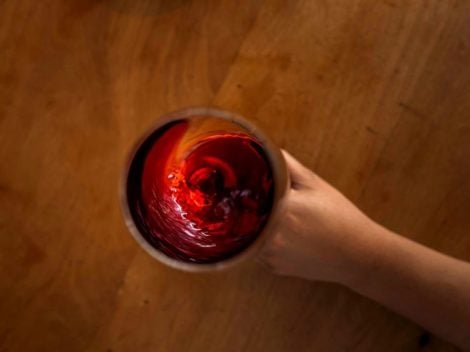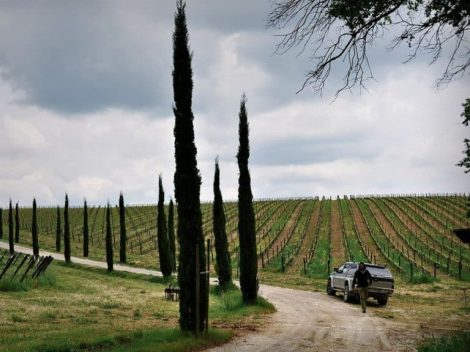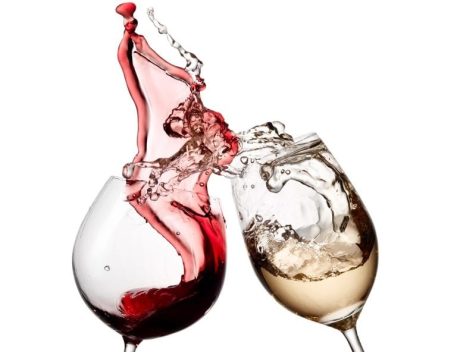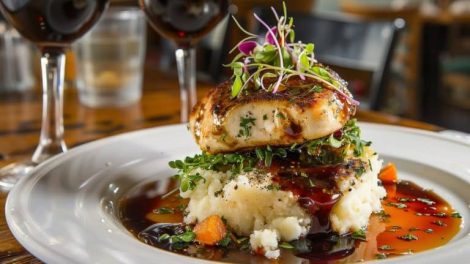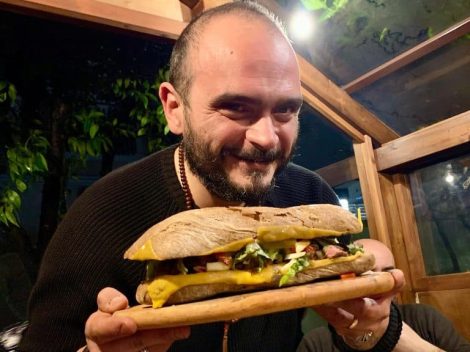Sorelle Bronca
Three parcels that shine of their own light. Three expressions of Valdobbiadene, three Prosecco Superiore that leave a mark. The identification of the individual parcels is the culmination of the work of this virtuous winery in Colbertaldo, in the Treviso province. We met Antonella and Ersiliana Bronca, two women of the hills, tough and stubborn, with simple and genuine ways, madly in love with this territory marked by steep vineyards. The work of Antonella's husband, Piero Balcon, who controls the entire production phase, is essential. He sleeps above the cellar every night - for real! - checks his creatures that ferment and evolve. He has big, calloused farmer hands, and boundless passion. All the grapes come from the property's vineyards, a production that has its natural outlet in the restaurant business. And working so hard with the ho.re.ca sector, it's time to bite the bullet, without a single complaint: "The important thing now is health, everything else can be fixed later. At this moment we are at a standstill, but we will be able to recover together with dining with which we have always been extremely connected. In the meantime, we are totally dedicated to our wines. The parcels are our children, they are our identities, what we want to convey: the nuances of an amazing territory,” Antonella told us.
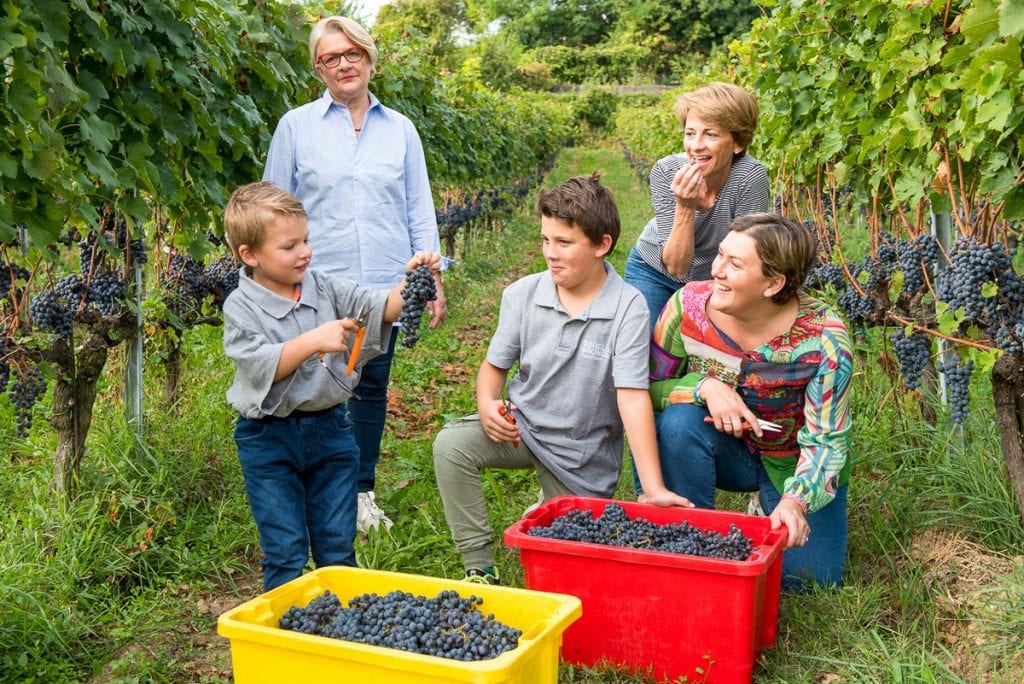
The first big leap in quality came with Particella 68, the result of a deep zoning work started in 2002. It's the company's first single vineyard, among the first ever in the world of Prosecco Superiore. Then it was the turn of Particella 232, a remote vineyard in the woods, proposed with a very low dosage. Finally, it is the turn of the new house, Particella 168. "The age of the plants exceeds 40 years, so according to tradition we have rows of bianchetta and perera together with glera. The territory towards San Pietro was what we were lacking, we kept it for a year on the lees, constantly stirring to play on new levels of consistency for the denomination."
Tasting
With the three parcels of Prosecco Superiore the Bronca sisters are able to bring out the more rock 'n' roll aspect of Prosecco, playing on unusual hardness and freshness, for sparkling wines emptied of the residual sugar and modelled by the character of the different vineyards. The number of parcels can be traced back to the map identification of the reference vineyards, for a surgical territorial connection.
Valdobbiadene Prosecco Superiore Brut Particella 68 2019
10,000 bottles
The Particella 68 vineyard is located a few meters from the winery, in Colbertaldo di Vidor, with a fierce slope and soil particularly rich in limestone. It's a particularly dry Brut that successfully explores the most bewitching and delicate soul of the type, with its aromas of yellow fruit and flowers that we find in a savoury, harmonious and enthralling sip.
Valdobbiadene Prosecco Superiore Extra Brut Particella 232 2019
6,000 bottles
Particle 232, on the other hand, is the expression of the grapes grown in Farrò di Follina, at about 300 meters above sea level, on an exquisitely clayey soil. When we tasted, it revealed a dry, gritty and remarkably long profile. There are notes of aromatic herbs, sage, for an extremely vibrant character, with a soft bubble and a final character reminiscent of freshly shelled almonds. Hard, complex and articulate.
Valdobbiadene Prosecco Superiore Brut Particella 181 2019
6,000 bottles
With the last born we move to Rua di Feletto, in the municipality of San Pietro, with mixed soils of clay, limestone and marl. In this case the must has always been kept agitated in an autoclave where it ferments with its yeasts for almost a year. Only then can it be decanted, removing only the dirtiest part of the lees and then bottled. Of the three parcels here the nose is even more fruity, intense and fragrant in tones of pear and lychee. But what distinguishes it is precisely the texture, with a dense and persistent bubble, but at the same time ethereal, with a decisive, pulpy and at the same time dynamic mouth. Balsamic finish, with a nice rustic tip that calls the second glass and the food on the table.
by Lorenzo Ruggeri

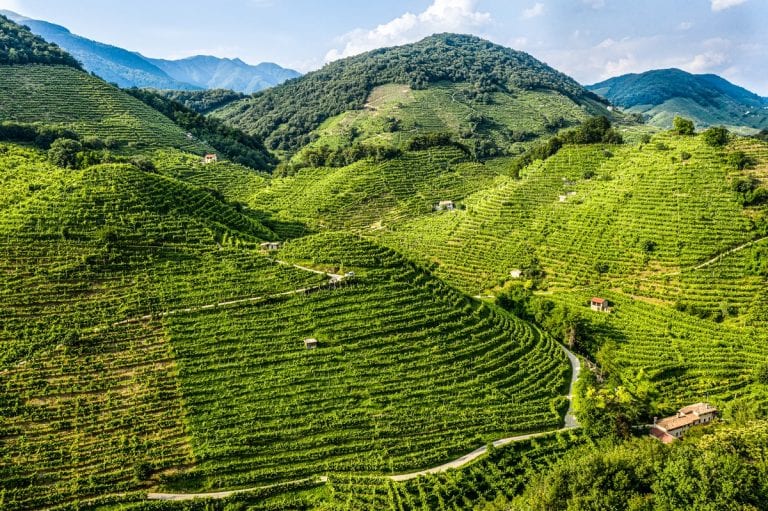
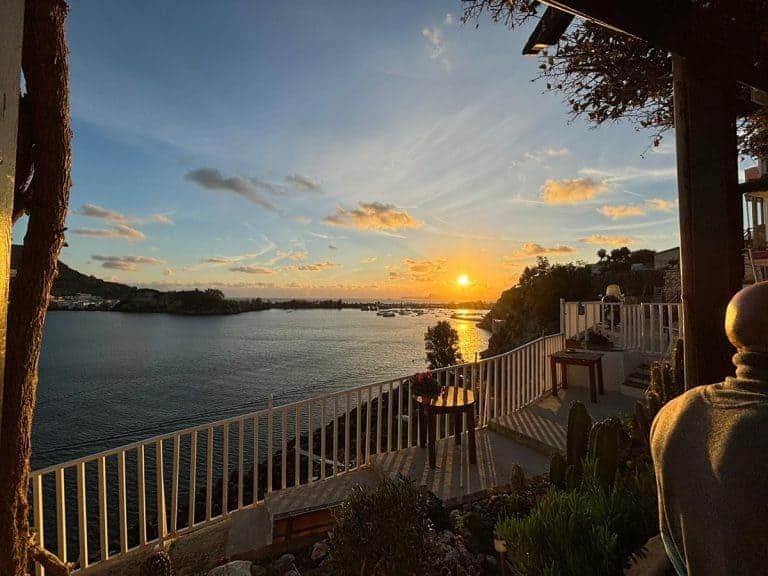 The hidden Trattoria in the Mountain of Bacoli that brings the sea to your plate
The hidden Trattoria in the Mountain of Bacoli that brings the sea to your plate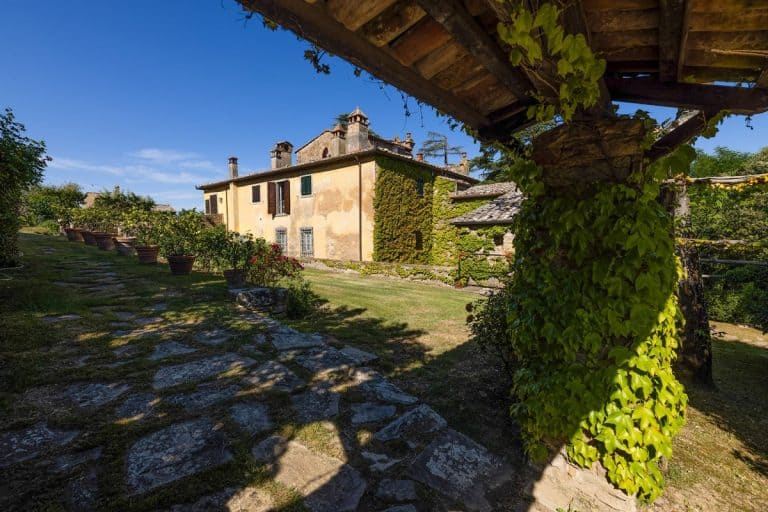 Here are the 11 Syrah labels that narrate the new era of Cortona winemakers
Here are the 11 Syrah labels that narrate the new era of Cortona winemakers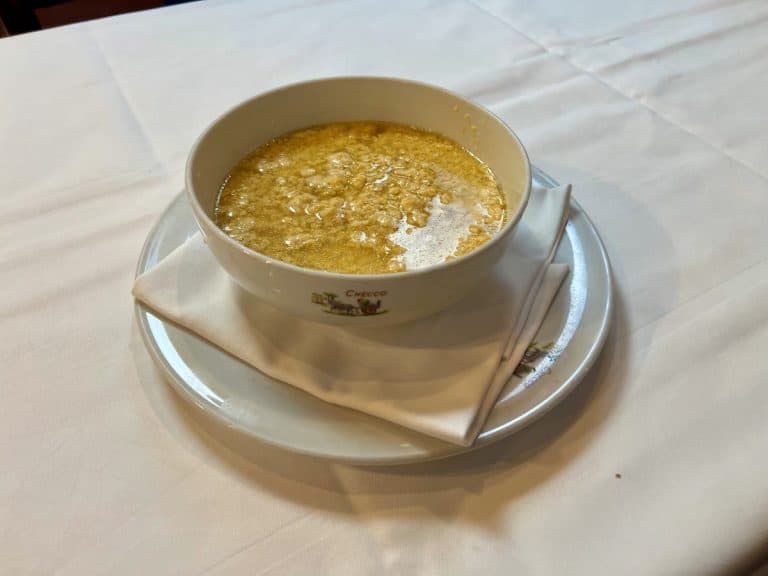 God Bless those who don’t forego Stracciatella on the evening of December 25th. Here’s the recipe from a renowned Roman trattoria
God Bless those who don’t forego Stracciatella on the evening of December 25th. Here’s the recipe from a renowned Roman trattoria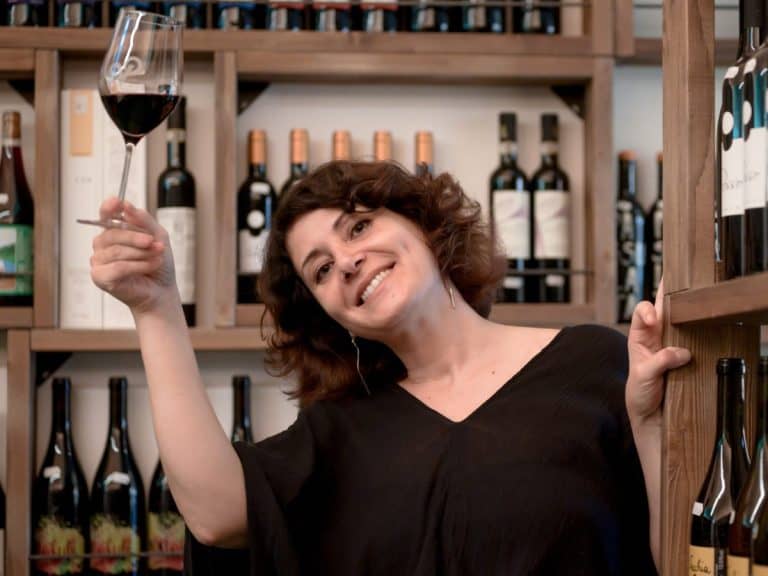 Hidden in an old district of Perugia lies one of Italy's cosiest wine bars
Hidden in an old district of Perugia lies one of Italy's cosiest wine bars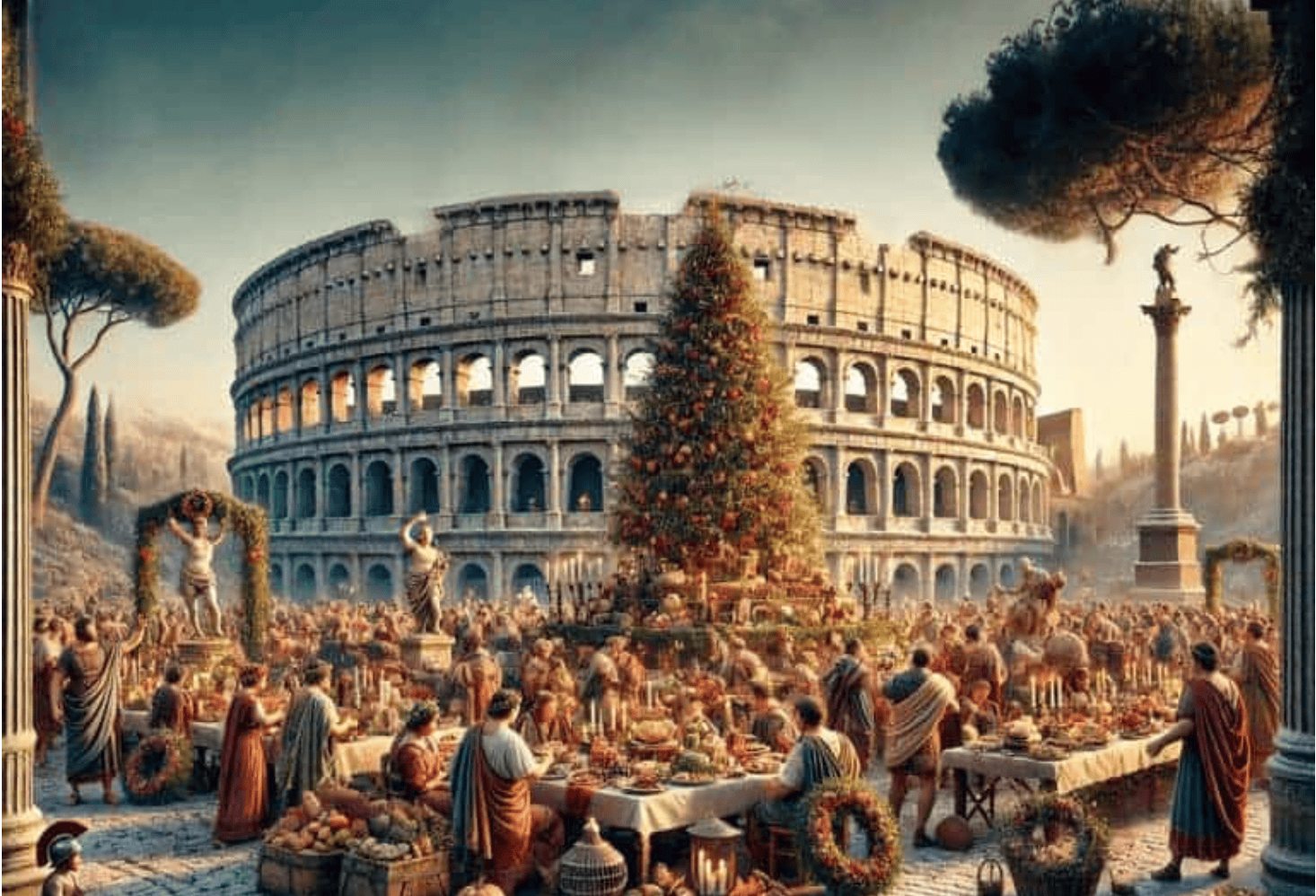 Christmas Eve dinner and Christmas Day lunch: festive traditions rooted in Solstice feasts
Christmas Eve dinner and Christmas Day lunch: festive traditions rooted in Solstice feasts
